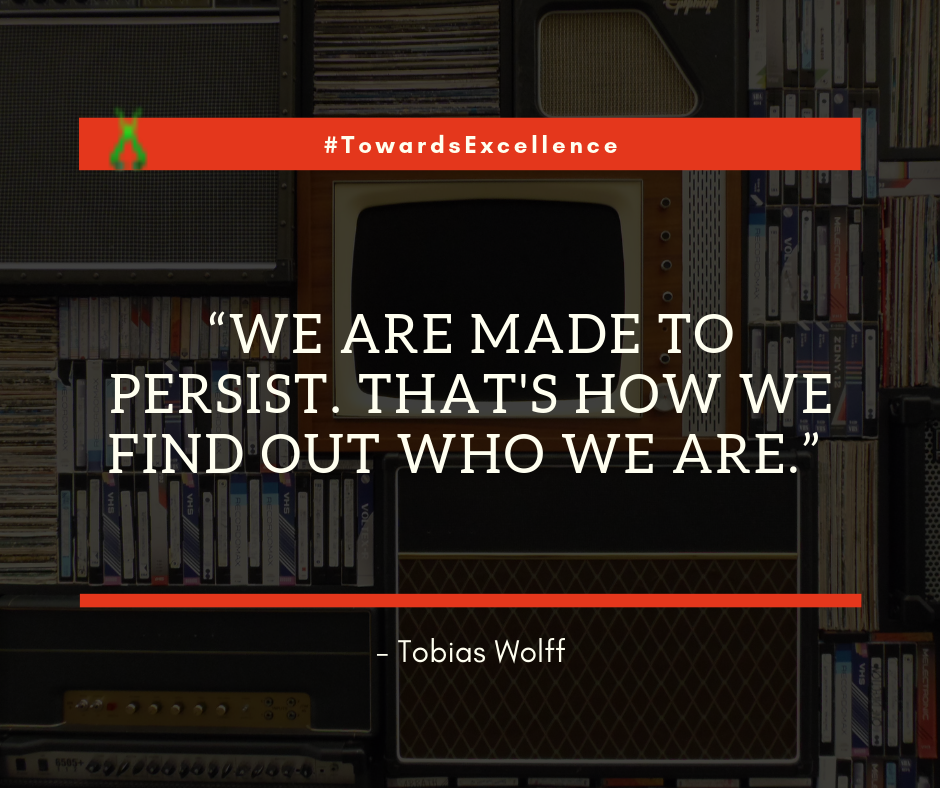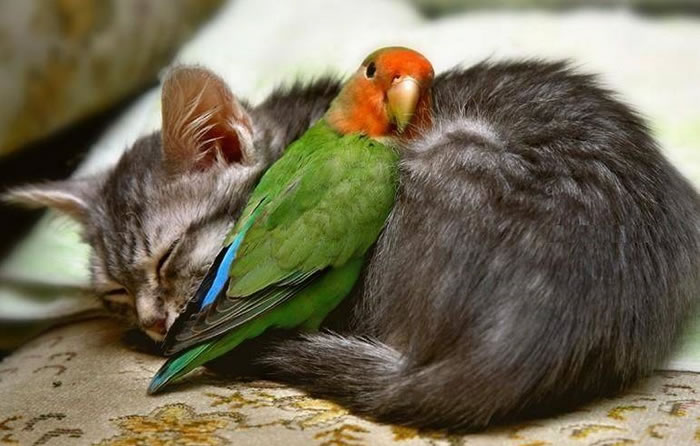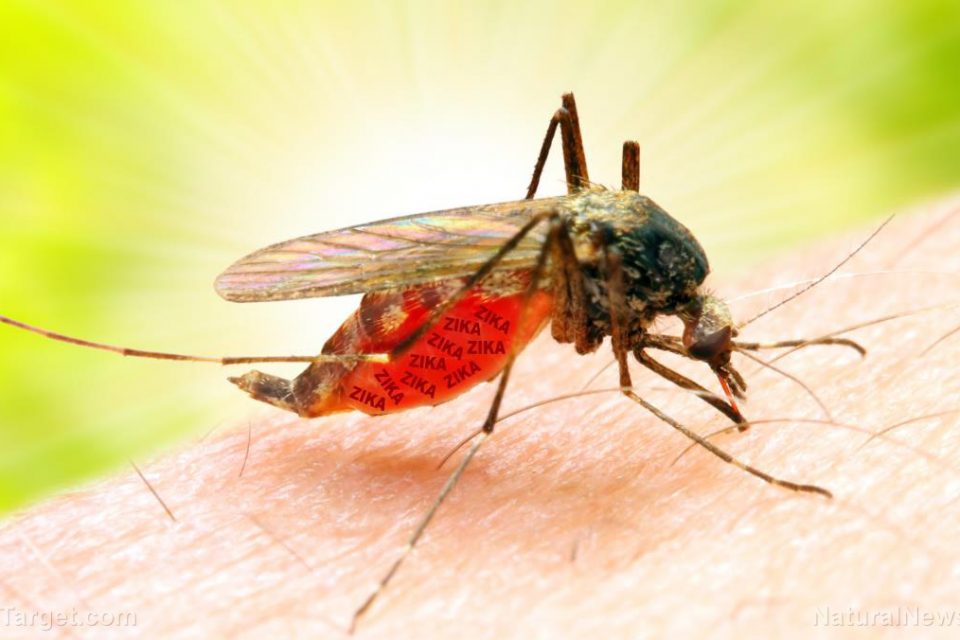There are problems- Yes I concur. But, I see opportunities… What do you see? There are a lot of environmental problems in the world today, but how we react to them matters a lot. Climate Change with the planet heating […]
Environment
Cats: Feline species are so independent that it’s difficult to have an exact idea of how smart they really are. Domestic cats are well-aware of their surroundings, and show stunning capacities for learning and adapting, leading some people to make […]
It might seem like scientists and other experts have all tried pretty much everything they can to eradicate pesky mosquitoes from the planet. But now, to fight Zika and other kinds of viruses carried by them, a new team of […]
An ant colony is the last place you’d expect to find a maths whiz, but University of Sydney researchers have shown that the humble ant is capable of solving difficult mathematical problems.
These findings, published in the Journal of Experimental Biology, deepen our understanding of how even simple animals can overcome complex and dynamic problems in nature, and will help computer scientists develop even better software to solve logistical problems and maximise efficiency in many human industries.
Using a novel technique, Chris Reid and Associate Professor Madeleine Beekman from the School of Biological Sciences, working with Professor David Sumpter of Uppsala University, Sweden, tested whether Argentine ants (Linepithema humile) could solve a dynamic optimisation problem by converting the classic Towers of Hanoi maths puzzle into a maze.
Finding the most efficient path through a busy network is a common challenge faced by delivery drivers, telephone routers and engineers. To solve these optimisation problems using software, computer scientists have often sought inspiration from ant colonies in nature – creating algorithms that simulate the behaviour of ants who find the most efficient routes from their nests to food sources by following each other’s volatile pheromone trails. The most widely used of these ant-inspired algorithms is known as Ant Colony Optimisation (ACO).
A chemical bath and a hot-press can transform wood into a material that is stronger than steel, researchers report. The process, and others like it, could make the humble material an eco-friendly alternative to using plastics and metals in the manufacture of cars and buildings.
“It’s a new class of materials with great potential,” says Li Teng, a mechanics specialist at the University of Maryland in College Park and a co-author of the study published on 7 February in Nature.
Attempts to strengthen wood go back decades. Some efforts have focused on synthesizing new materials by extracting the nanofibres in cellulose — the hard natural polymer in the tubular cells that funnel water through plant tissue.

Li’s team took a different approach: the researchers focused on modifying the porous structure of natural wood. First, they boiled different wood types, including oak, in a solution of sodium hydroxide and sodium sulfite for seven hours. That treatment left the starchy cellulose mostly intact, but created more hollow space in the wood structure by removing some of the surrounding compounds. These included lignin, a polymer that binds the cellulose.

<span>Popular Posts</span>
- Meet Silas Adekunle:The Highest Paid Robotics Engineer In The World (42,324)
- 4 Relationship Topics People Don’t Discuss Until It’s Too Late (40,337)
- What You Need To Know About Vaginismus (18,439)
- Top 5 Sites That Can Review your Resume for Free (6,708)
- 3 Easy Methods To Achieve Those Difficult Goals (3,908)
- Reasons Why You Might Be Addicted To Your Mobile Device (2,925)
- Have You Noticed Changes In Your Breast Recently? (2,680)
- 14 e-Learning Platforms to Take Online Courses (2,627)
- Online Platforms to Make Money as Side Income (2,521)
- Top 10 Sites for your career (2,259)

Subscribe to our Newsletters
Like Us On Facebook

Upcoming events:
no event
Weather Forecast
Lagos29°Feels like: 36°CMostly Cloudy06:3718:49 WAT
Wind: 8km/h S
Humidity: 78%
Pressure: 1014.22mbar
UV index: 10FriSatSun29°C / 24°C
29°C / 24°C
29°C / 25°Cpowered by Weather Atlas




